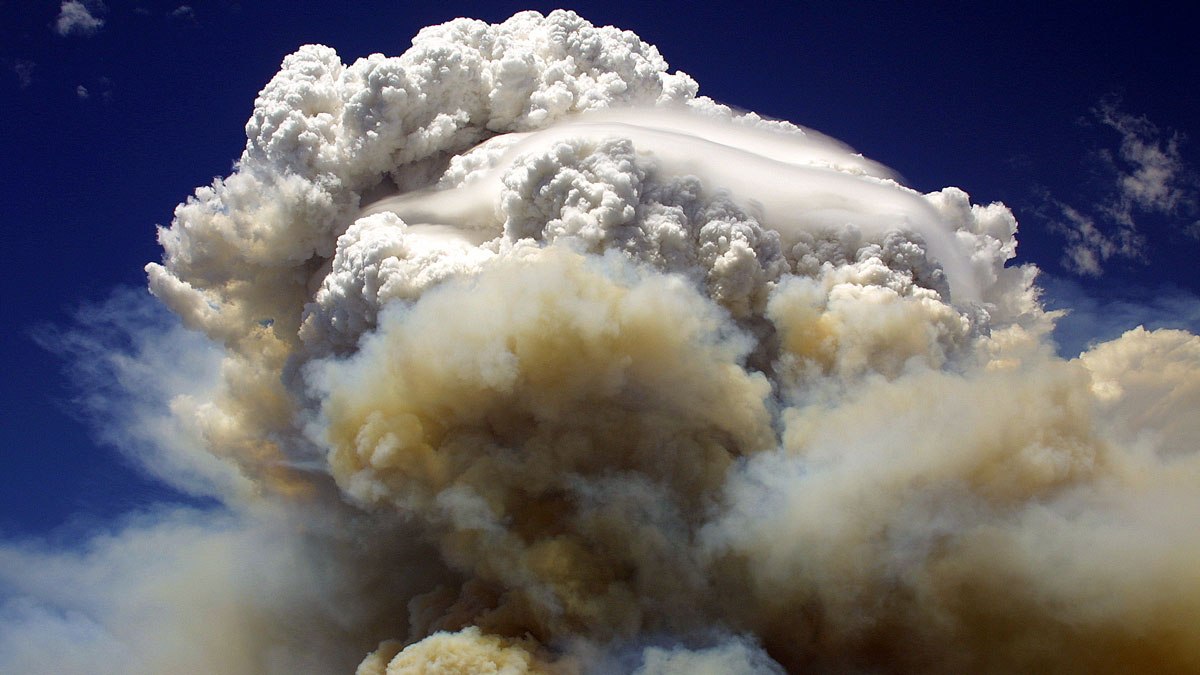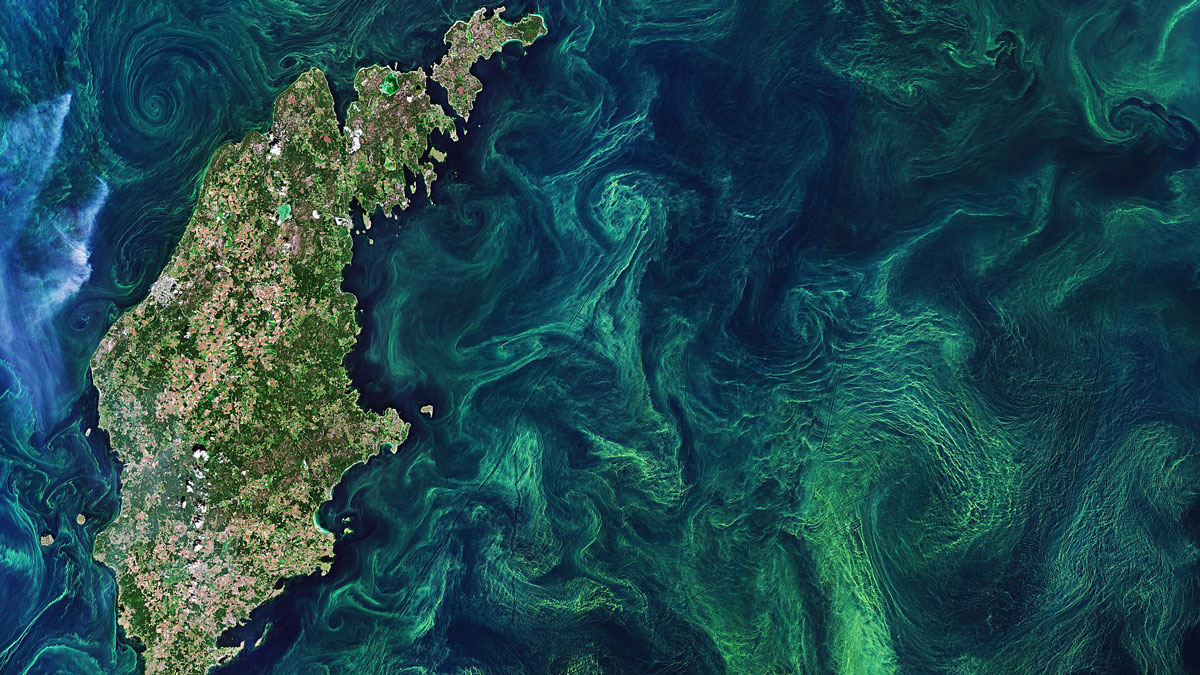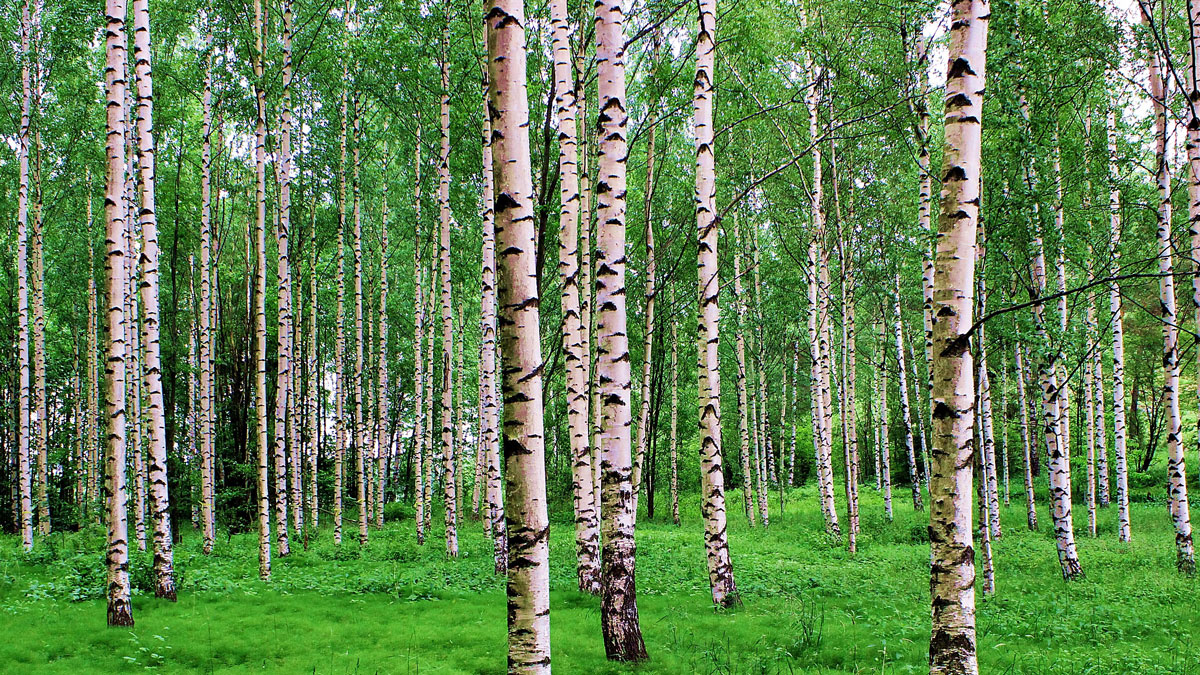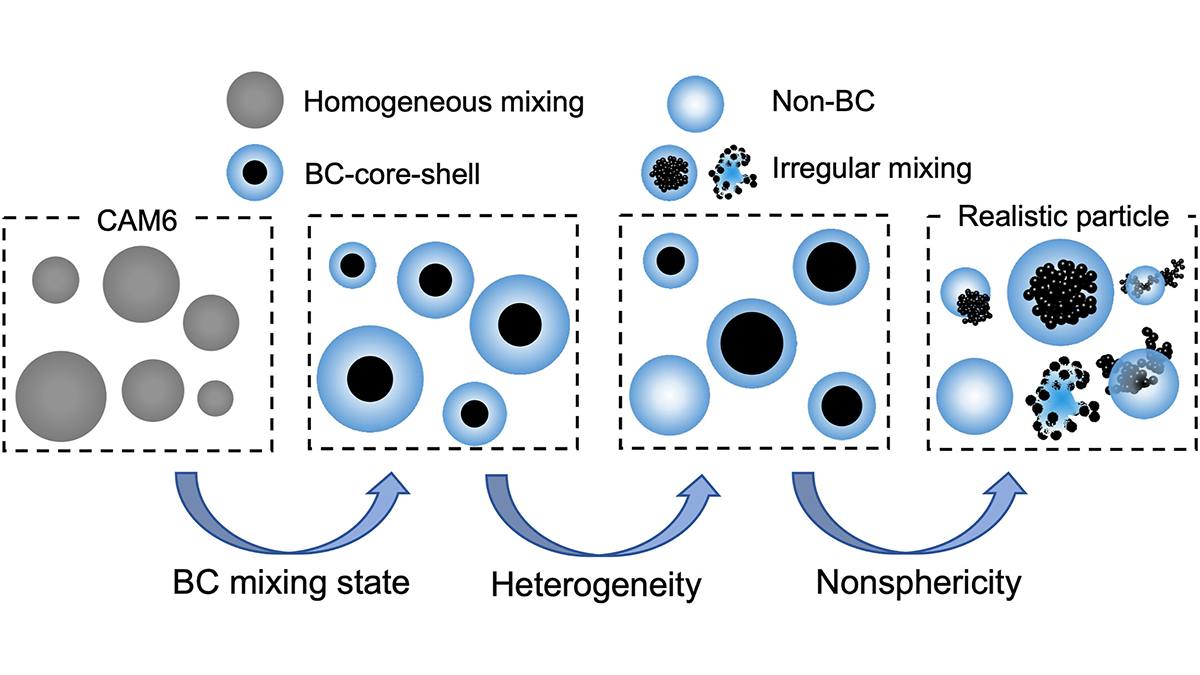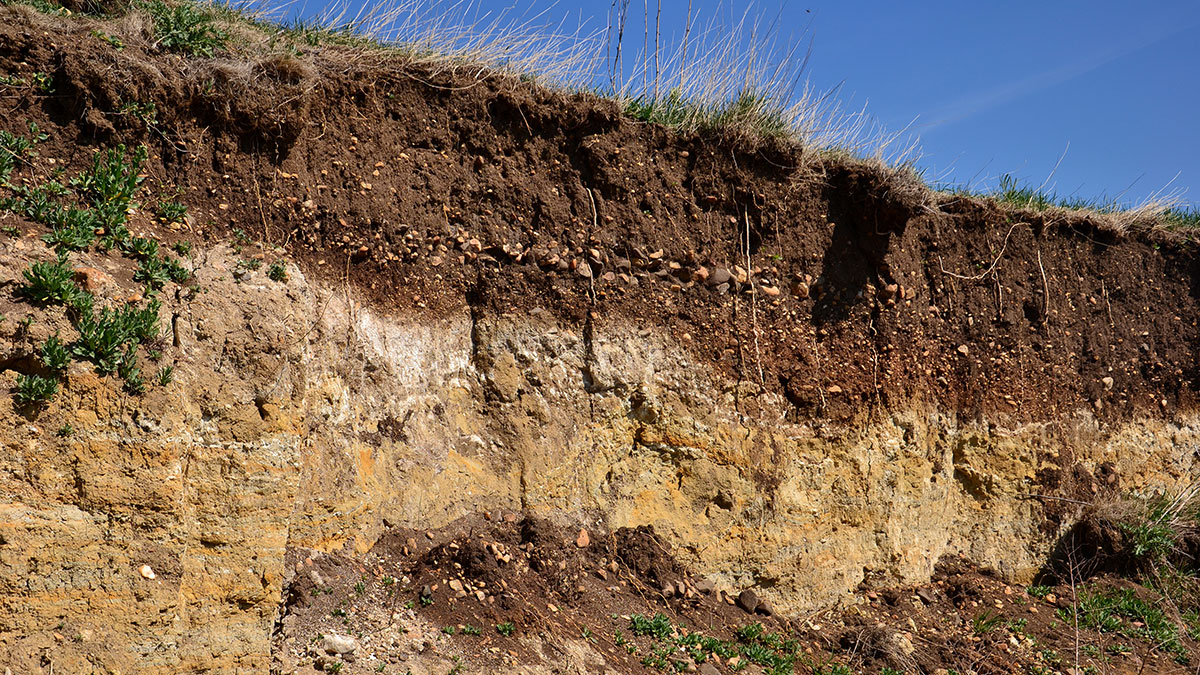To evaluate the vulnerability of permafrost in Arctic floodplain landscapes to warming, scientists explore dynamics of its loss and reformation.
carbon
Black Carbon from Wildfire Smoke Can Double Warming Effects
The findings could help climate models be more accurate about warming projections.
New Insights into a Blind Spot in Aquatic Carbon Dioxide Exchange
Multi-annual measurements across Lake Superior indicate remarkable similarities between large lakes and ocean CO2 exchange during the ice-free season.
An All-Community Push to “Close the Loops” on Southern Ocean Dynamics
A new study highlights the connected nature of the Southern Ocean dynamic system, the research priorities needed to understand its influence on climate change, the importance of cross-disciplinary collaborations.
Shallow Waters Make the Best Carbon Sinks
Oxygen content and microbial prevalence may not be as influential on carbon sedimentation as previously thought.
Scientists Present Europe’s New Greenhouse Gas Budget
The greenhouse gas budget developed for Europe highlights carbon sources and sinks across the continent and will serve as a baseline for years to come.
Improving Climate Models: Black Carbon Mixing and Shape Effects
A new study introduces a parameterization scheme to capture the complex optical properties of atmospheric black carbon, accounting for its mixing state, nonsphericity, and heterogeneous coatings.
Biogenic Sources Still Dominate Organic Carbon Aerosol in Europe
Scientists use radiocarbon measurements from Alpine ice to quantify present and past anthropogenic versus biogenic sources of organic carbon aerosols in the European atmosphere.


